How Jack Gibson revolutionised rugby union
When a rugby league legend stopped off at an NFL conference in 1971, he learned things that would five decades later stifle rugby’s best attacks.
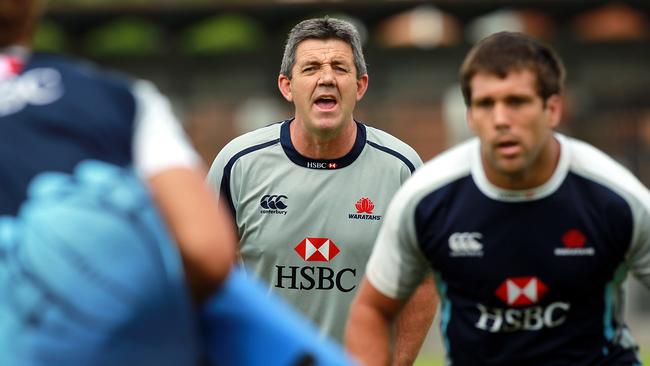
Rugby Union has become clogged. There is so little space. Trying to find an opening to make a break has become harder and harder. It has got to the point where the lawmakers are tinkering to redress the balance and shift the game back a little closer to where it was before. It is a game about attack versus defence and at some point defence got too good. The question, though, is: how and why did it change in the first place?
Your answer lies in the improvement of defences. Or more specifically, the arrival of a new concept in the late 1990s: the defence coach.
That great British & Irish Lions team of 1997 — they didn’t have a defence coach. Nor did the Springboks whom they beat. Defence sessions were not formulated the way they are today.
Ask those 1997 Lions how they organised their defence and they will tell you that, yes, they did have a strategy, based largely on conversations with the players who had returned from rugby league. But it was ad hoc, no coach, no long defence sessions.
By 1999, the change had started. Australia won the World Cup that year, a victory based on one extraordinary statistic — they conceded one try in the entire tournament — and one significant appointment: they had John Muggleton, the former rugby league player, on their staff as their defence coach. He was the first of its kind in union.
We should take this story back to the beginning and a man named Jack Gibson, a hard-as-nails Australian rugby league player in the 1950s and 60s who went on to be regarded, among rugby league coaches, as one of the all-time greats.
In 1971, Gibson heard about advances in coaching in the NFL and became fixated on learning more about American football’s methods.
The following year, he planned a trip to the US to find out what he could learn. By chance, he was on a stopover in Honolulu, Hawaii, that coincided with the NFL annual conference. By the time he left Honolulu, he had been invited to visit the San Francisco 49ers.
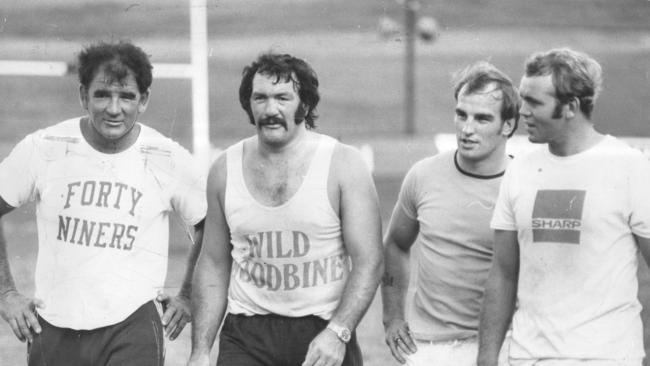
In San Francisco, he watched a training session. At the start of the session, some players peeled left and others peeled right to train at the other end of the pitch. Gibson asked which was the A-team and which was the B-team. The answer stunned him: this wasn’t A and B, it was attack and defence.
At that point, Gibson had never trained defence in rugby league. No one had. No one even thought of it.
Gibson then brought his knowledge home and the success of his teams grew. Most notable of all were his three seasons with Parramatta Eels from 1981 to 1983, when he took an underperforming team to three successive premiership titles. One of the players in that team was John Muggleton.
A significant historical overlap occurred here. In 1982 the Kangaroos, the Australia rugby league team, arrived in the UK for the tour that would have them crowned as The Invincibles.
The gap between Australia and their opposition had never been so great in league. Incidentally, there was no Australian club that had more players on that tour than Parramatta (and yes, Muggleton was one of them).
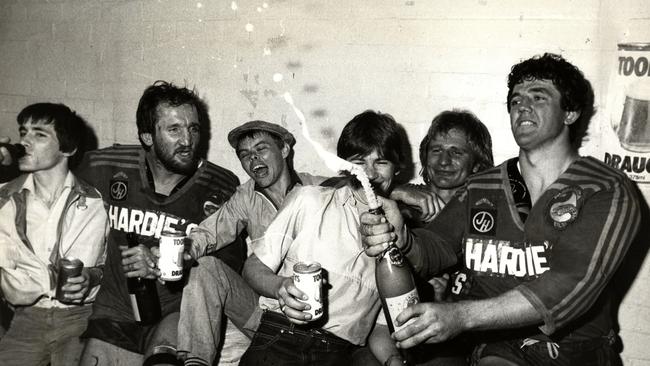
The knock-on effect was that Phil Larder, who was director of coaching for the Rugby Football League in England, headed for Australia to see what he could learn. Unsurprisingly, it was with Gibson and Parramatta that he spent most of his time. As with Gibson and the NFL, the learning was handed down from Gibson to Larder; from that point onwards, the art of defence coaching finally took root in the northern hemisphere.
Blissfully unaware, rugby union slept through the 1980s and early ’90s with its passive defences and soak tackles. The gaps were vast. Offence ruled.
Then came professionalism in 1995. Australia hired Muggleton. Pretty soon, Clive Woodward had hired Larder. “Before I arrived no one had done any defence at all,” Larder said.
In 2001, Larder was recruited by Graham Henry to join the Lions coaching team; he would be the first Lions defence coach. “Graham Henry had never seen any defensive coaching at all until I started with the Lions,” Larder said.
“He would stand behind me at training sessions and take notes.”
That series pitted Larder against Muggleton. It alerted all the players from the other home nations to what they were missing. “After that every nation phoned me,” Larder said. They all wanted references to other rugby league coaches who could do the same job for them.
Therein began the revolution. Almost immediately, Mike Ford was with Ireland and Shaun Edwards was with Wasps and a battalion of rugby league coaches quickly followed them into a change of code.
And the game changed. Because defence had been so neglected, there was so much work that could be done on it. In became line speed and blitz defences. It inevitably improved faster than attack and gradually it caught up.
The All Blacks were the best attacking force of the last decade. How did the Lions match them in 2017 and Ireland beat them in 2016 and 2018? By sending up the fastest defences the game had known to stop them in their tracks. And yes, both teams had a former league man – Andy Farrell – in the role of defence coach.
The Times

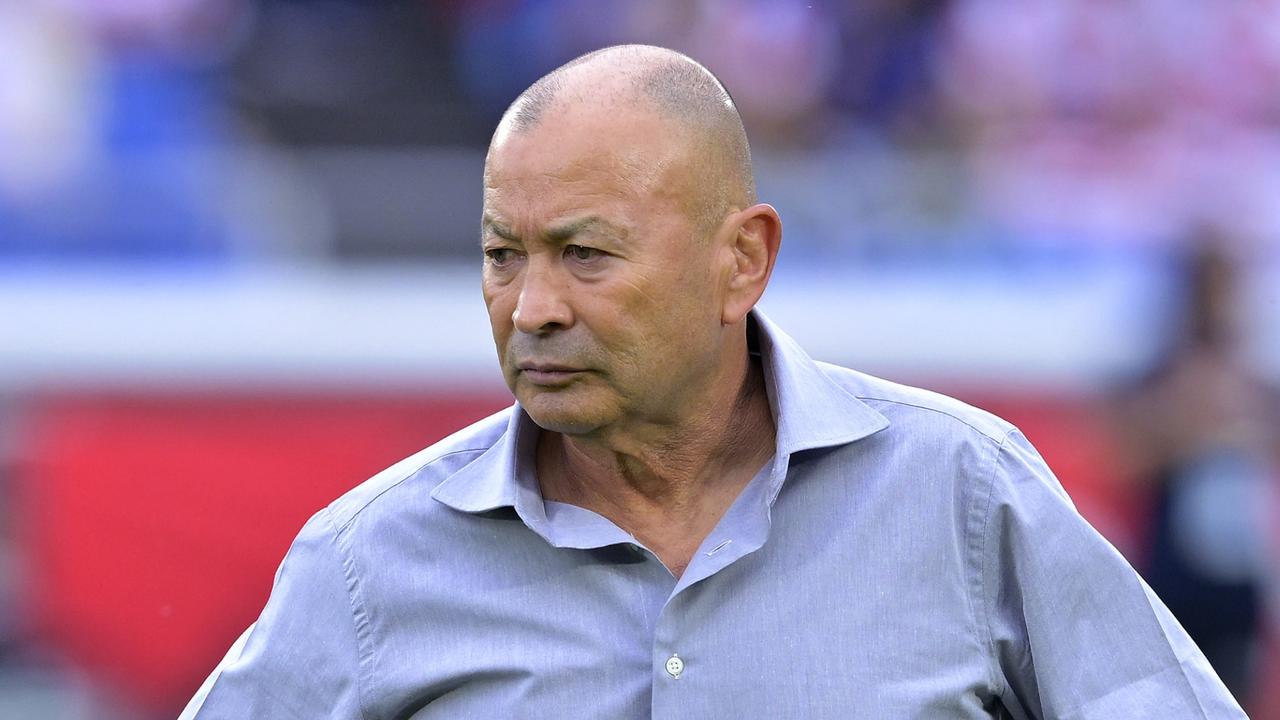
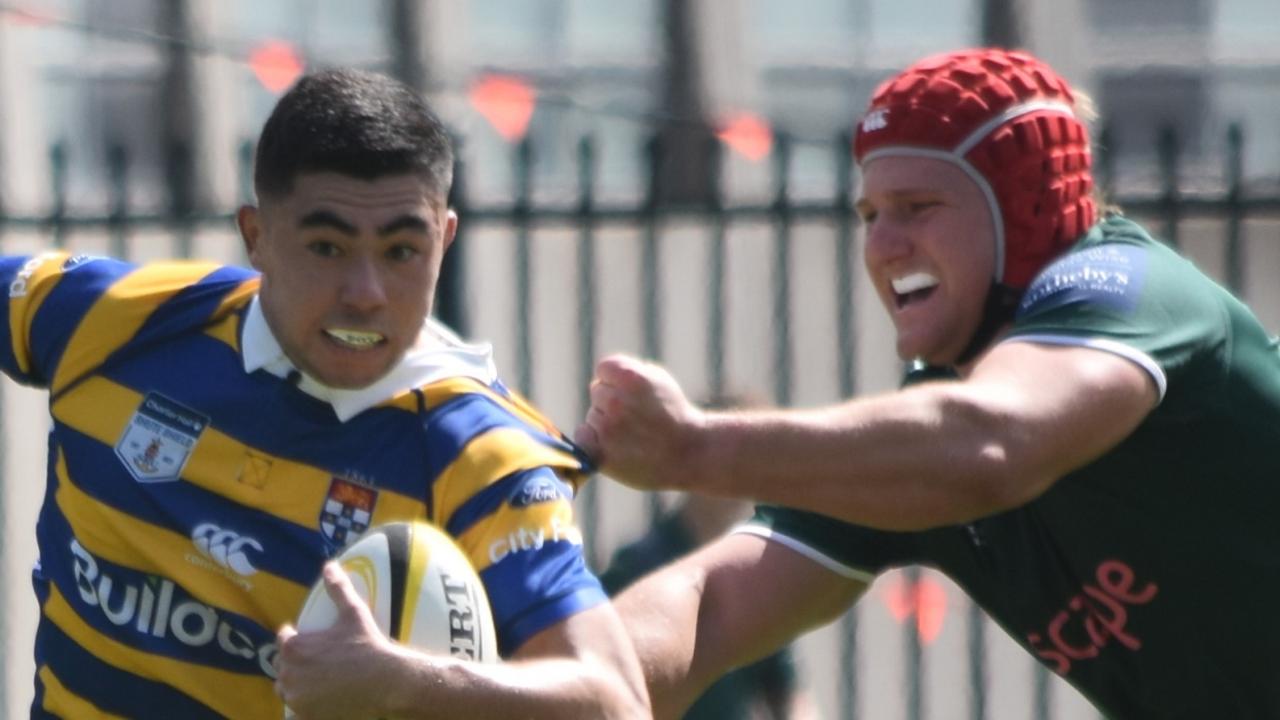
To join the conversation, please log in. Don't have an account? Register
Join the conversation, you are commenting as Logout